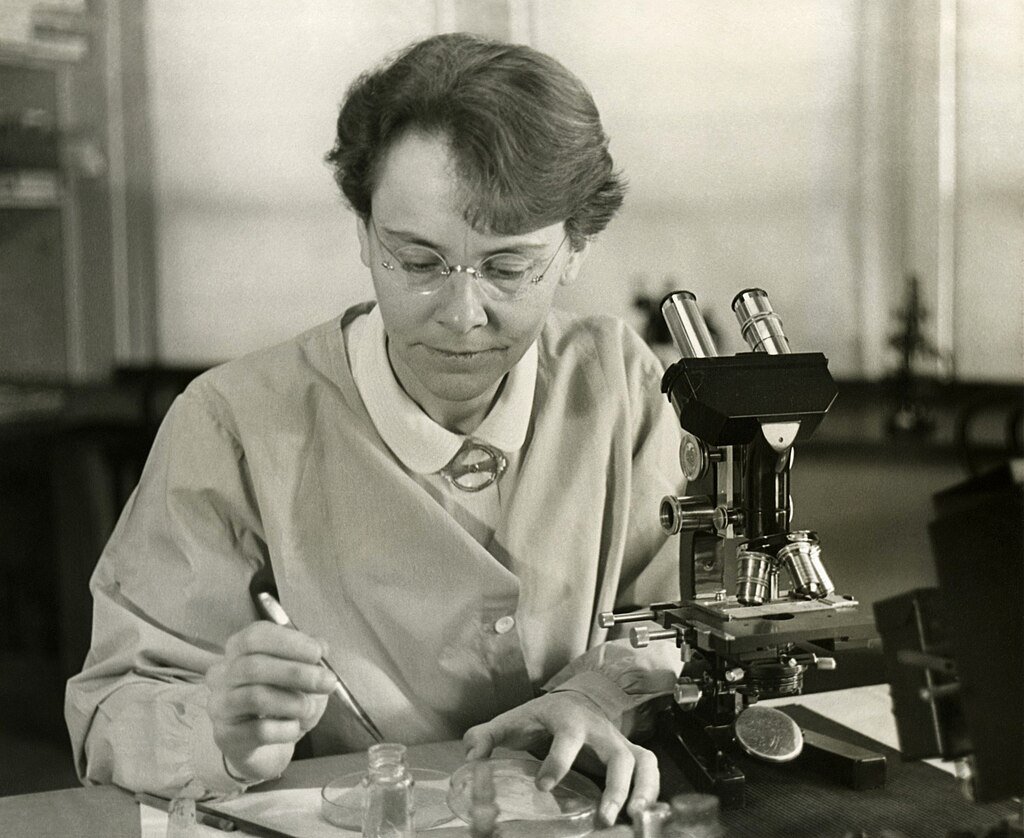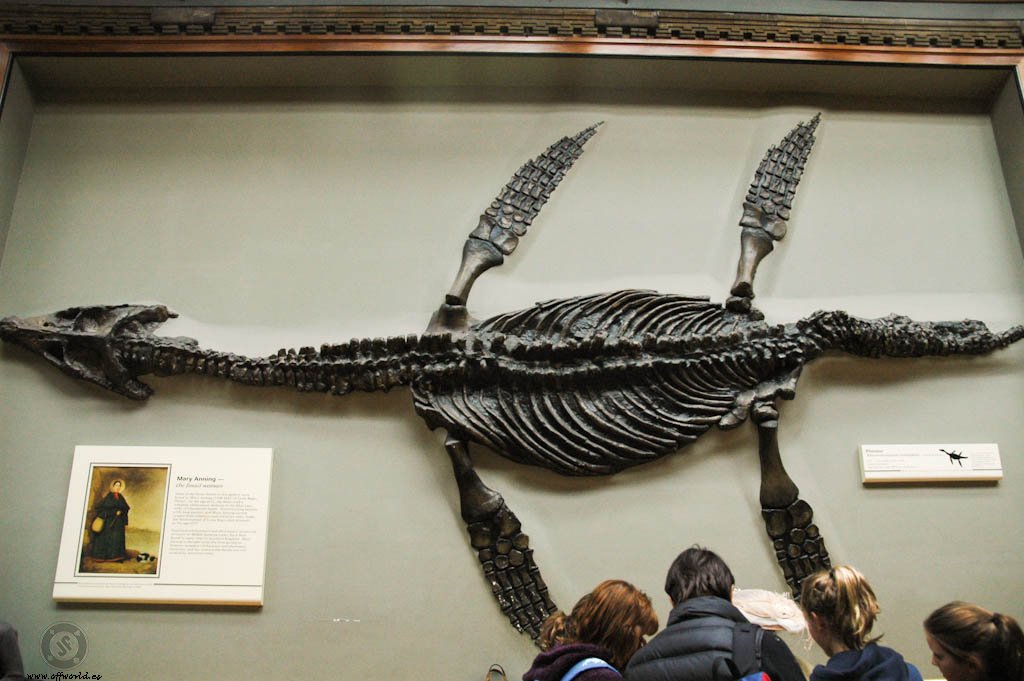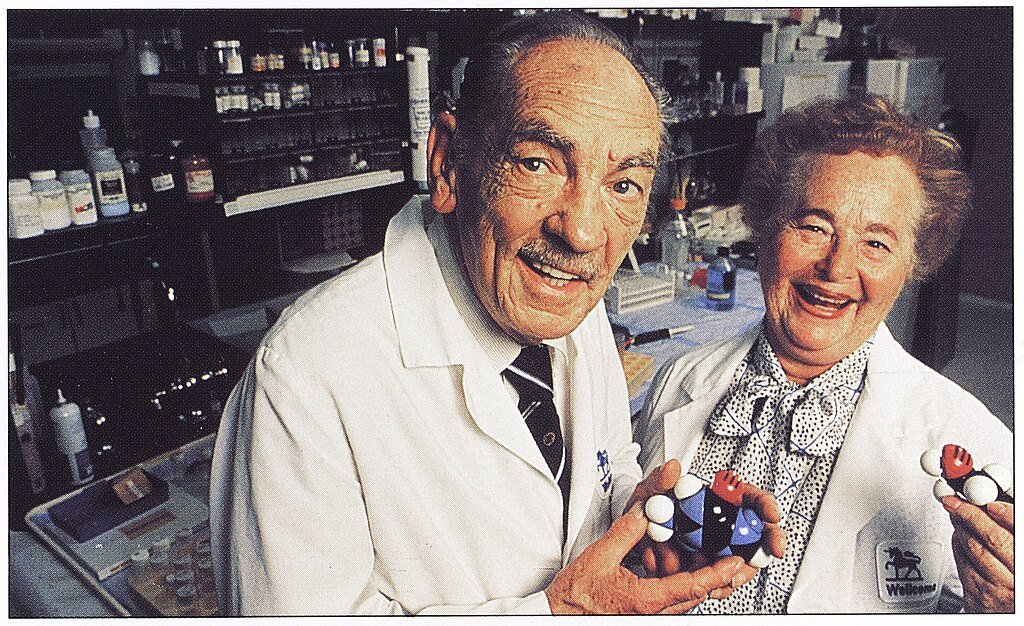Throughout history, scientific breakthroughs have reshaped our understanding of the world, propelled technological advancements, and paved the way for future innovations. While many such developments have been historically attributed to men, it’s essential to recognize that women have made significant contributions to science as well. Despite facing societal and institutional barriers, women in science have made some of the most important discoveries, pushing the boundaries of knowledge in various fields. This article highlights these trailblazers and their groundbreaking contributions that have left an indelible mark on humanity.
Marie Curie: Pioneering Radioactivity

Marie Curie, a Polish-born physicist and chemist, changed the landscape of science with her research on radioactivity. Not only was she the first woman to win a Nobel Prize, but she also remains the only individual to win Nobel Prizes in two different scientific fields: Physics and Chemistry. Her discovery of the elements polonium and radium contributed significantly to the understanding of atomic physics and laid the groundwork for treatments in medicine, such as cancer radiotherapy.
Rosalind Franklin: Unveiling the DNA Structure

Rosalind Franklin’s work was fundamental in understanding the molecular structures of DNA, RNA, viruses, coal, and graphite. Her X-ray diffraction images of DNA led to the discovery of the DNA double helix, a critical milestone in genetics. Although Watson, Crick, and Wilkins received the Nobel Prize for this discovery, Franklin’s contribution was undeniably pivotal, and her work still resonates in genetic research today.
Lise Meitner: The Physics of Nuclear Fission

Austrian physicist Lise Meitner was instrumental in the discovery of nuclear fission, the process that would later be harnessed for both nuclear power and weaponry. Working alongside Otto Hahn, it was Meitner who interpreted experimental results to explain how the nucleus of an atom could be split into parts, releasing significant energy. Although Hahn received the Nobel Prize in Chemistry, Meitner’s contributions were later recognized as groundbreaking.
Barbara McClintock: Genetic Transposition

Barbara McClintock revolutionized genetics with her discovery of mobile genetic elements, also known as “jumping genes.” Her work demonstrated that genes could change position on a chromosome, challenging the then-prevailing view of DNA stability and inheritance. In 1983, McClintock was awarded the Nobel Prize in Physiology or Medicine, acknowledging her contributions to understanding genetic regulation and inheritance.
Mary Anning: Foundations in Paleontology

Mary Anning’s fossil discoveries in the early 19th century laid the groundwork for the field of paleontology. From her discoveries along the Jurassic Coast of England, Anning identified several significant fossils, including the first correctly identified ichthyosaur and the first complete plesiosaur skeleton. Her work proved critical to the early development of paleontological science, despite her lack of formal education and recognition during her lifetime.
Jane Goodall: Revolutionizing Ethology

Jane Goodall is a pioneer in primatology and revolutionized our understanding of chimpanzees and their behaviors. Her decades-long study of chimpanzees in Tanzania revealed that they use tools, have complex social lives, and exhibit emotions once thought exclusive to humans. Goodall’s work has shifted perspectives on the human-animal connection and remains influential in conservation and animal welfare efforts.
Rachel Carson: Spurring the Environmental Movement

Rachel Carson’s work as a marine biologist and author led to pivotal changes in environmental policy and awareness. Her book “Silent Spring” brought to light the detrimental effects of pesticides on the environment, leading to a nationwide ban on DDT for agricultural use and the rise of the modern environmental movement. Carson’s advocacy fostered a critical look at human impact on the natural world.
Vera Rubin: Dark Matter Discoveries

Astronomer Vera Rubin’s study of galaxy rotation rates provided some of the first strong evidence for the existence of dark matter, an invisible form of matter making up a significant portion of the universe. Rubin’s work was pivotal in shaping modern cosmological theories and expanded our understanding of the universe’s composition and dynamics.
Virginia Apgar: Advancements in Neonatology

Virginia Apgar, an American obstetrical anesthetist, invented the Apgar Score, a quick and simple way to evaluate the health of newborns immediately after birth. Her method has become a standard practice in hospitals worldwide, significantly improving neonatal care and outcomes, and highlighting the importance of immediate postnatal assessments.
Chien-Shiung Wu: The Beta Decay Experiment

Chinese-American physicist Chien-Shiung Wu’s experiment disproved the widely accepted law of conservation of parity, overturning one of the fundamental concepts in physics. Her work provided critical confirmation for the theories of beta decay put forth by theoretical physicists Tsung-Dao Lee and Chen Ning Yang, who won the Nobel Prize, illustrating the often-hidden contributions of women in physics.
Gertrude B. Elion: Pioneering Drug Innovation

Gertrude B. Elion’s contributions to pharmacology and drug development have saved countless lives. Her innovative research methods led to the creation of many vital medications, including those for leukemia, organ transplant rejection, and herpes. Awarded the Nobel Prize in Physiology or Medicine in 1988, Elion’s work reflects how targeted drug therapy can fundamentally transform healthcare.
Conclusion

The scientific discoveries made by these remarkable women demonstrate a common thread of perseverance, ingenuity, and a profound impact on various scientific fields. These women not only contributed to their disciplines but also paved the way for future generations of female scientists, breaking barriers and inspiring countless others to follow in their footsteps. Their legacies remind us that scientific progress relies on the collective endeavors of all humanity, unbounded by gender.




